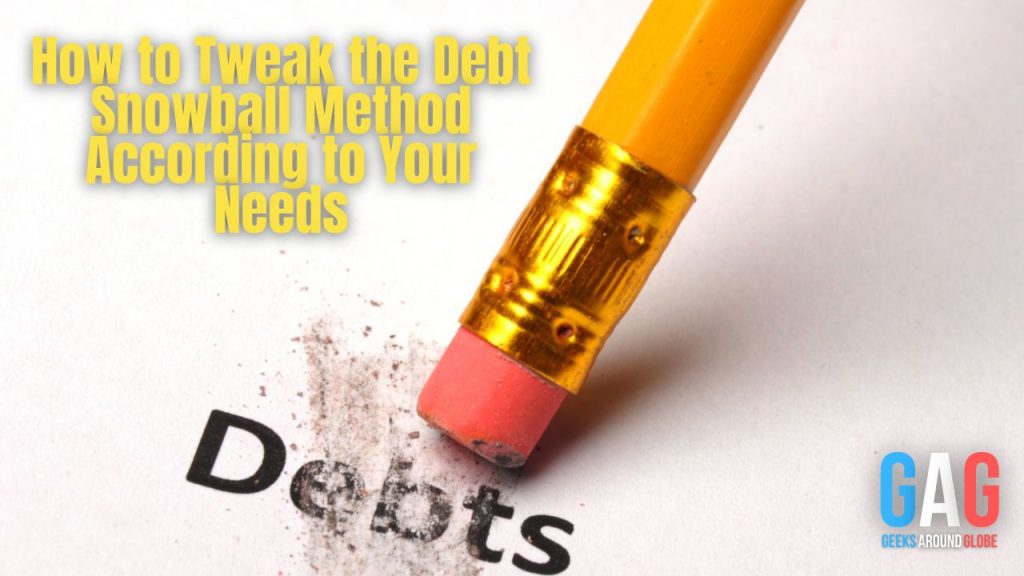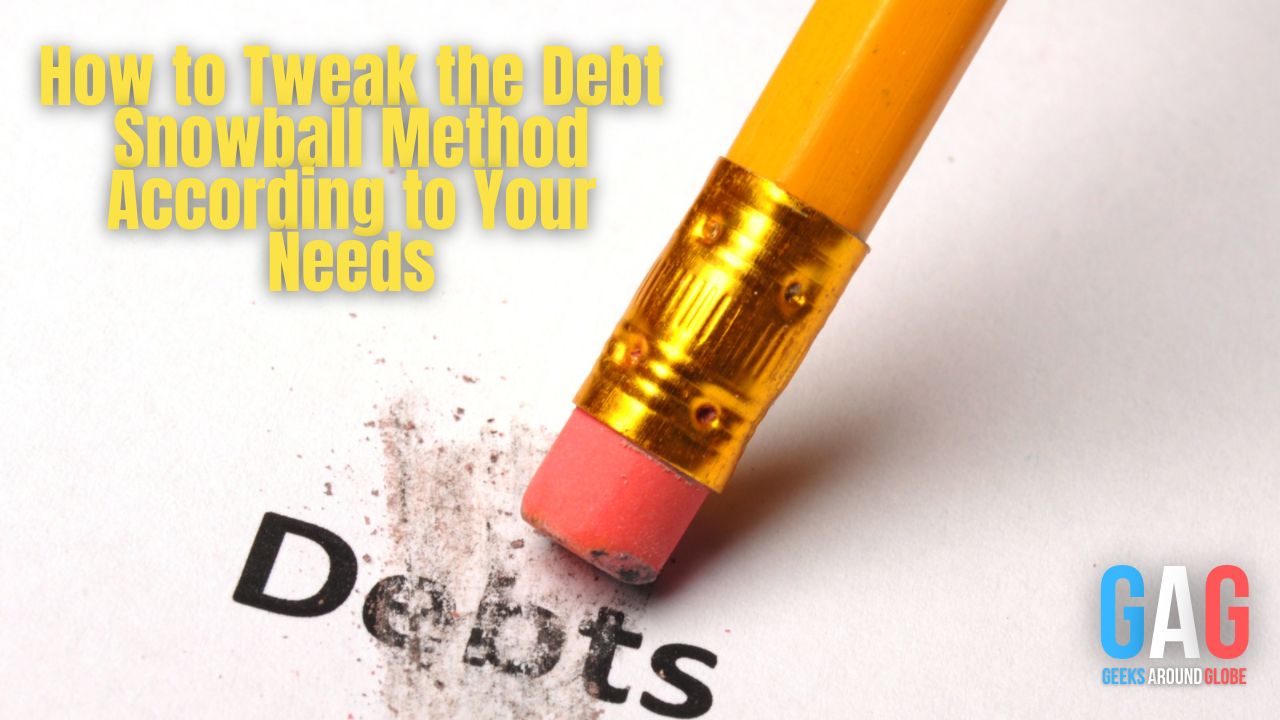
The two most common methods of paying down debt are called the “snowball method” and the “avalanche method.” The former prioritizes the smallest outstanding balance first. The latter suggests paying off the account with the highest APR first.
In theory, either of these is an efficient way to eliminate outstanding debt. To compare the two, figure out how much you can afford to pay toward debt each month. Use a loan payoff calculator to see the effect of increasing payment amounts on each account.
Play with the numbers a bit. The avalanche method will lower your average interest payments as you pay off accounts, but the snowball method provides more immediate gratification. Both are long-term commitments that require discipline and consistency.
Life’s Surprises Could Throw You Off Track
Helmuth von Moltke the Elder, a German military strategist, coined the phrase, “No plan survives first contact with the enemy.” When it comes to financial planning, life will always throw you curveballs. It’s important to be open to change.
Let’s take the snowball method of paying off debt as an example. Broken down to its simplest form, you make minimum monthly payments on all your debt accounts and one “balloon payment” each month on the account with the smallest balance.
Most consumers budget a certain amount of money every month for that balloon payment, but what happens if you lose your job or get sick? You may need to lower that payment or even eliminate it entirely. It’s okay of you need to do that for a few months. Life must come first.
In some cases, people in debt will use a “hybrid” version of the snowball method, where they decrease their spending in other areas to create the extra bandwidth to pay off debt faster. We’ll get into this in more detail below. Have you created a monthly budget yet?
Adjusting Your Monthly Budget to Finance the Snowball Method
If done correctly, a monthly budget should list all of your living expenses—a.k.a. necessities—as well as room for things like savings and recreation, which are entirely optional. Eliminating them might make life rather monotonous, but you can do without if need be, even if it’s just for a few months. (It is important to note that you should establish some type of savings—typically three to six months of living expenses—before starting your debt payoff journey.)
A hybrid debt payoff approach would involve creating sub-categories within the savings and recreation categories. Keep up your retirement contributions but stop putting money into your savings account. Maintain a travel budget. Eliminate take-out. These are trade-offs.
It’s all about prioritizing your spending to meet the needs of the snowball method you’ve committed to. That takes discipline also, but the reward at the end of it all is that you’ll be debt-free. That should be worth “tightening the belt” for a few years.
Seeking Assistance from Your Creditors
There’s no reason to continue paying high interest on all your credit card accounts. Some companies are willing to negotiate a better rate when you’re in debt payoff mode. Reach out to each of the credit card companies you owe money to and ask for better terms.
Another option is to transfer high-interest balances to lower-interest credit cards. If you’re paying off the smallest balance first and that interest rate is lower than one of your higher balances, transfer some of that expensive debt to the more cost-effective option.
That last suggestion is a modification to the snowball method that most folks don’t consider. It’s hard to add more to a balance that you just zeroed out, but it’s often worth it. Give it a try and stick to your commitment. You can loosen up a bit when you are debt-free.
Kevin Flynn
Kevin is a former fintech coach and financial services professional. When not on the golf course, he can be found traveling with his wife or spending time with their eight wonderful grandchildren and two cats.







